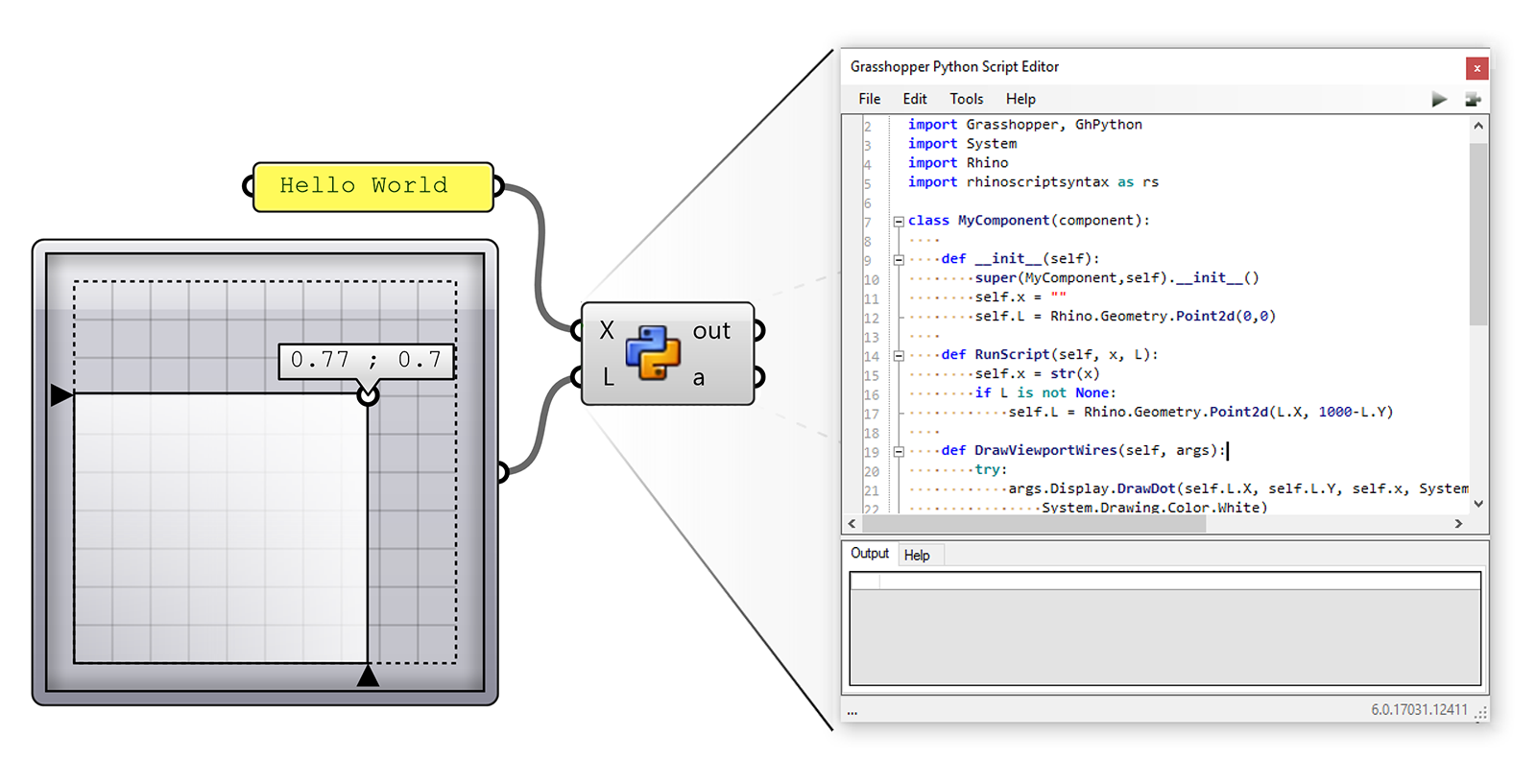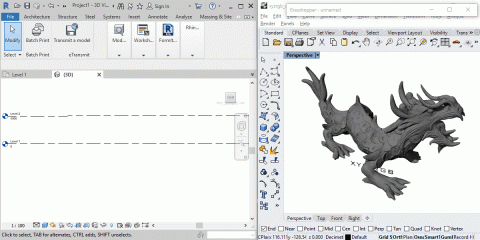

Furthermore, you can be more precise and use after your main text a question mark to specify any single character in this place or hashtag to grab just digits (0-9). Just put an asterisk after your main name part, and the component will filter the rest for you. OK, but what if you need all layers that start with the ? Nothing hard. Note that the filter notations are case sensitive, so it is essential to write precisely characters with small or big letters.


If you would like to filter one specific layer, type the layer’s full name into the component. In other words, you can automatically select and chose all points or curves that exist in the Rhino file. It means that absolute every object’s Name and Layer will be piped through the component. And you can do that even with hidden and locked objects.Īs a default under layer and name, an asterisk is set up. Moreover, it is possible to filter geometry based on the names of the objects and layers names. It transfers your geometry into Grasshopper, based on type (point, curve, brep and meshes). The geometry pipeline is a link to the opened Rhino model, which lets you auto-reference any geometry. The view will change to transparent, and now you can place it on another screen without any additional toolboxes, just pure view. To do that, catch your view and move it outside your view windows. When you work with several screens, you can grab your whole view and move it to another screen. Every time now, you can just come back to your view with just one click. Everything now is prepared to click save and use your view.

You can do that in options on your toolbox to the right or at the top in Panels. But first, make sure that you have turned on Panel called >. If a new window appeared on your screen, it is time to go in the Named View section. To create extra views, go to View→ Viewport layout → New Viewport. In order to close viewports, Right Click on the view and click >. I know that is set as a default in Rhino, but to be honest, how often do you use the view from the front and the right side? That’s why I recommend closing it and instead of creating your owns. Let’s start with a small secret: You don’t need to have four standards viewports opened.


 0 kommentar(er)
0 kommentar(er)
